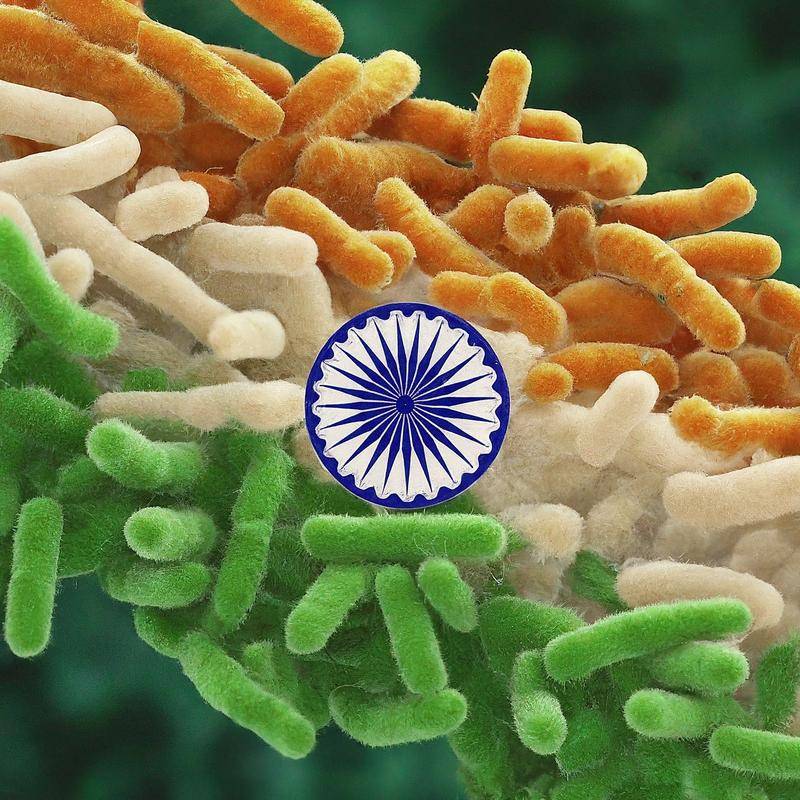

The Estrogen Equation: Solved by Your Gut’s Estrobolome
If you’ve been following us, then by now you pretty much know how important the gut microbiome is and the tons of things it does for you. Well, it seems like we aren’t yet done talking about it (and won’t be done anytime soon either)! So let’s explore another critical function that our gut microbiome impacts - estrogen metabolism. Intrigued? You should be! It’s mind-boggling! But before we dive deep into it, here are a few things you should know about estrogen.
- Estrogen is majorly produced in the ovaries. Some amount of it is also produced in the adrenal glands and adipose tissue (fat cells).
- There are 3 different forms of Estrogen:
- Estrone (E1) - produced after menopause
- Estradiol (E2) - produced during the reproductive years and is the most potent form of estrogen
- Estriol (E3) - produced during pregnancy by the placenta
- The functions of Estrogen go beyond reproduction. In females, it helps regulate body fat, supports brain function and bone health. In males, it plays a vital role in the maturation of sperms and the maintenance of libido.
Okay, fair enough. But what has the gut microbiome got to do with this?
Among the trillions of microorganisms that we harbour in our gut, some of them have the genes to metabolize (break down) Estrogen, thus influencing its levels in the bloodstream. This collection of microorganisms is referred to as ‘The Estrobolome’.
Woah! But how does it even do that?
Estrogen is primarily metabolised in the liver, where it is converted into a conjugated or inactive form known as Estrogen-Glucuronide. It is then released into the bile to be then excreted through the gut. Estrogen metabolizing bacteria present in the gut have an enzyme called β-glucuronidase. This enzyme can basically deconjugate the Estrogen-Glucuronide conjugate and release the active form of estrogen back into the bloodstream. Thus, having an excess of β-glucuronidase can elevate the levels of circulating estrogen in blood. Estrogens regulate the gut microbiome in a positive manner by increasing microbial diversity. Increased microbial diversity is associated with decreased production of β-glucuronidases, allowing for greater excretion of conjugated estrogens. When systemic estrogens are low, as in during perimenopause or menopause, microbial diversity decreases and production of β-glucuronidases increases, thus allowing for increased estrogen recycling.
So what happens when there is an imbalance in the gut microbiome?
The Estrobolome as a whole takes care of estrogen homeostasis, i.e. a balanced elimination and recycling of estrogen so that an ideal level of estrogen is maintained in the blood. During dysbiosis, this critical tuning is disturbed, leading to excess circulating estrogen in the blood, something known as estrogen dominance. Signs of estrogen dominance include: uterine fibroids, mood swings, anxiety, depression, hormone-related headaches, irregular cycles, PCOS, infertility, weight gain, water retention and even breast cancer.
Phew! That’s some serious work that our microorganisms are juggling. We can assist them by nurturing our gut health through diet, lifestyle, and mindful choices. These tiny trillions deserve our standing ovation!
References

